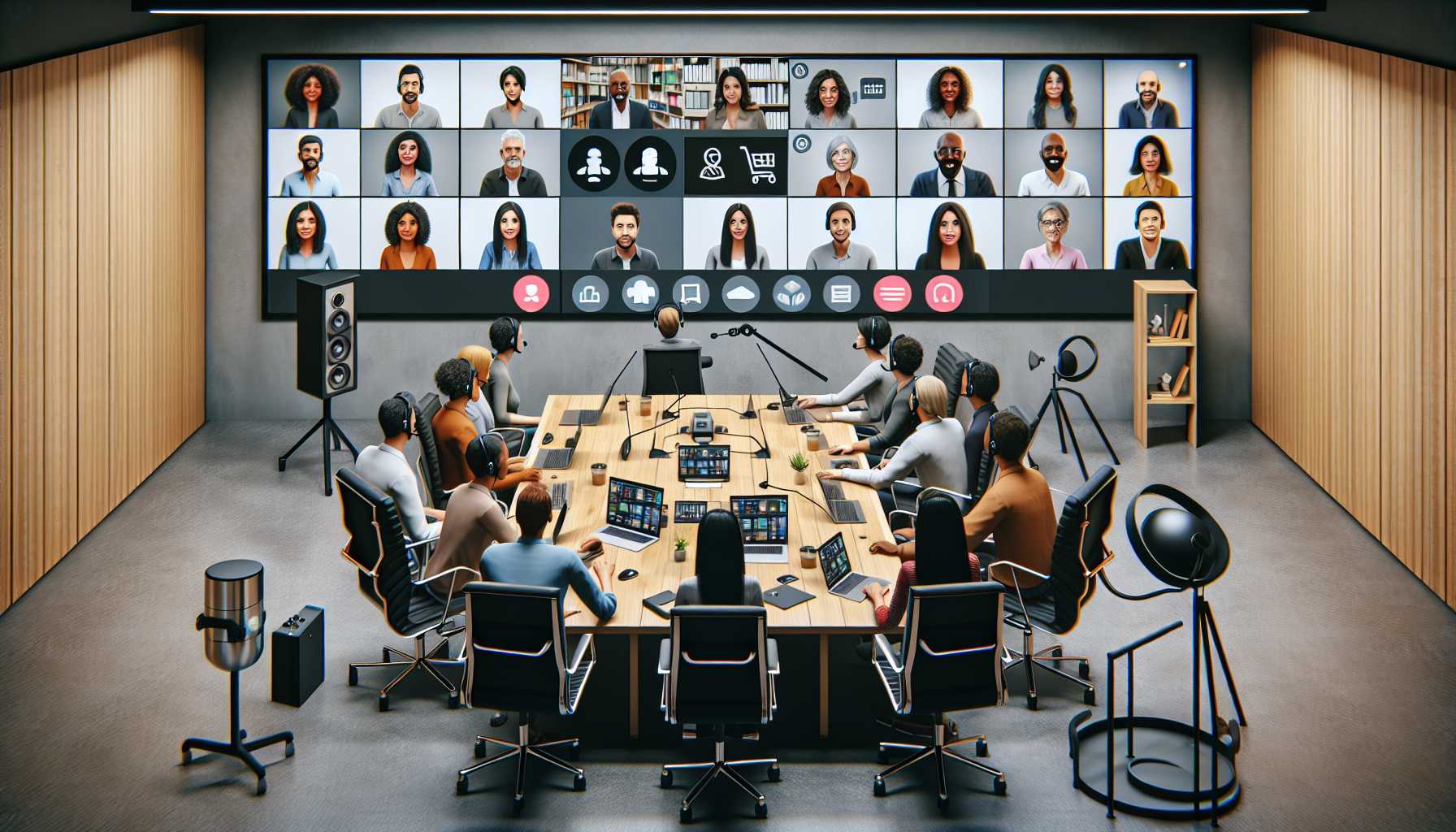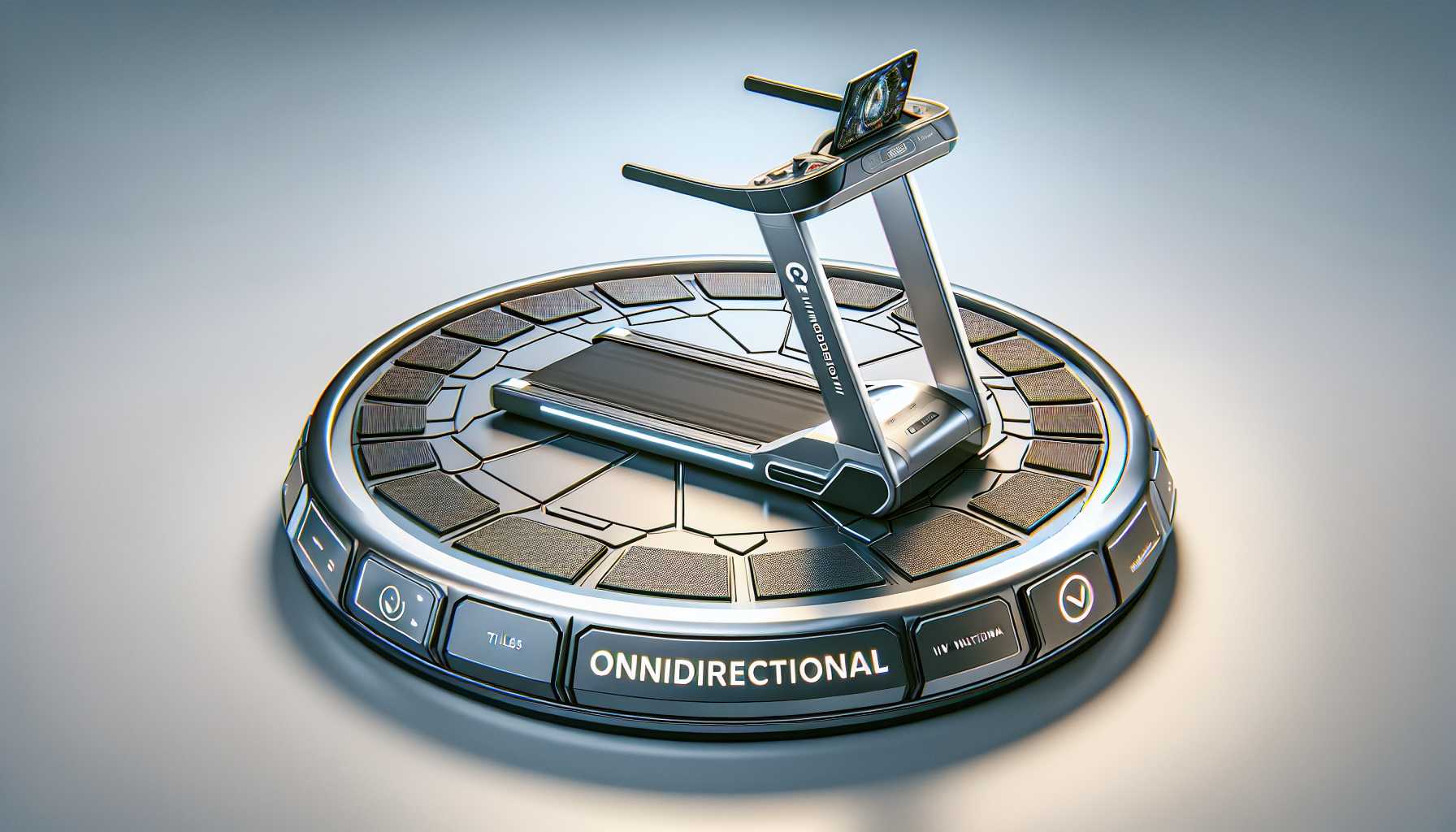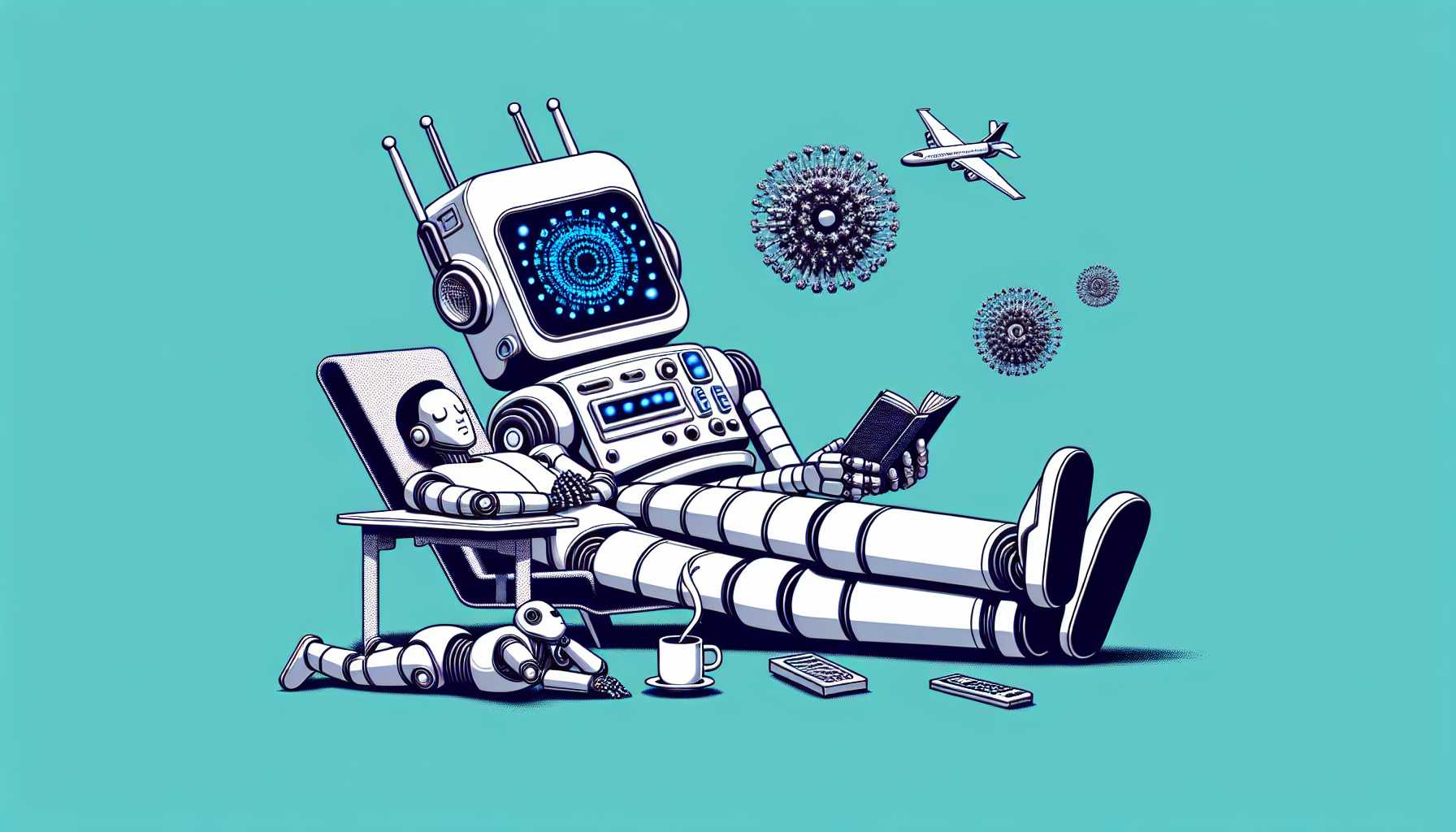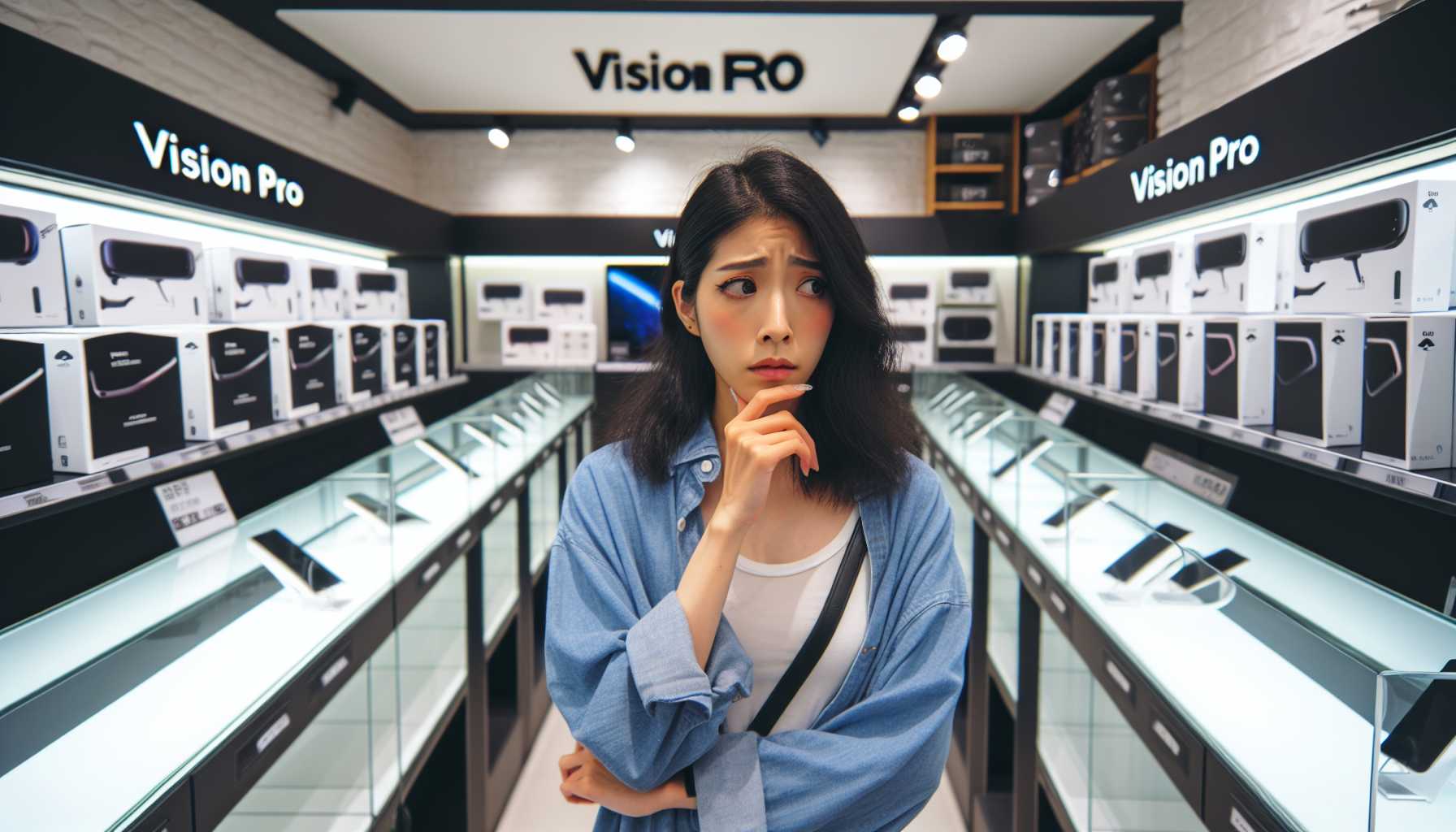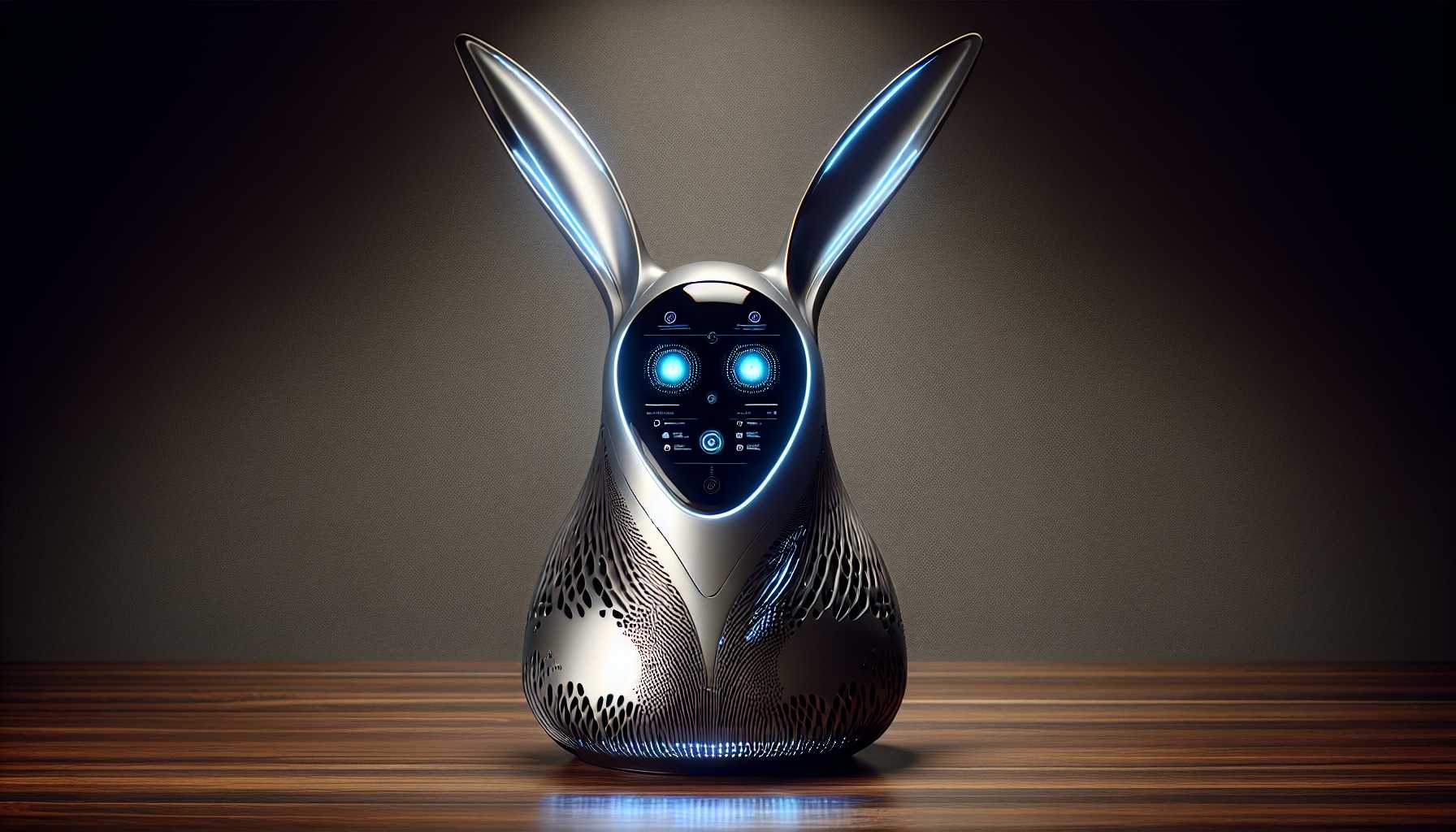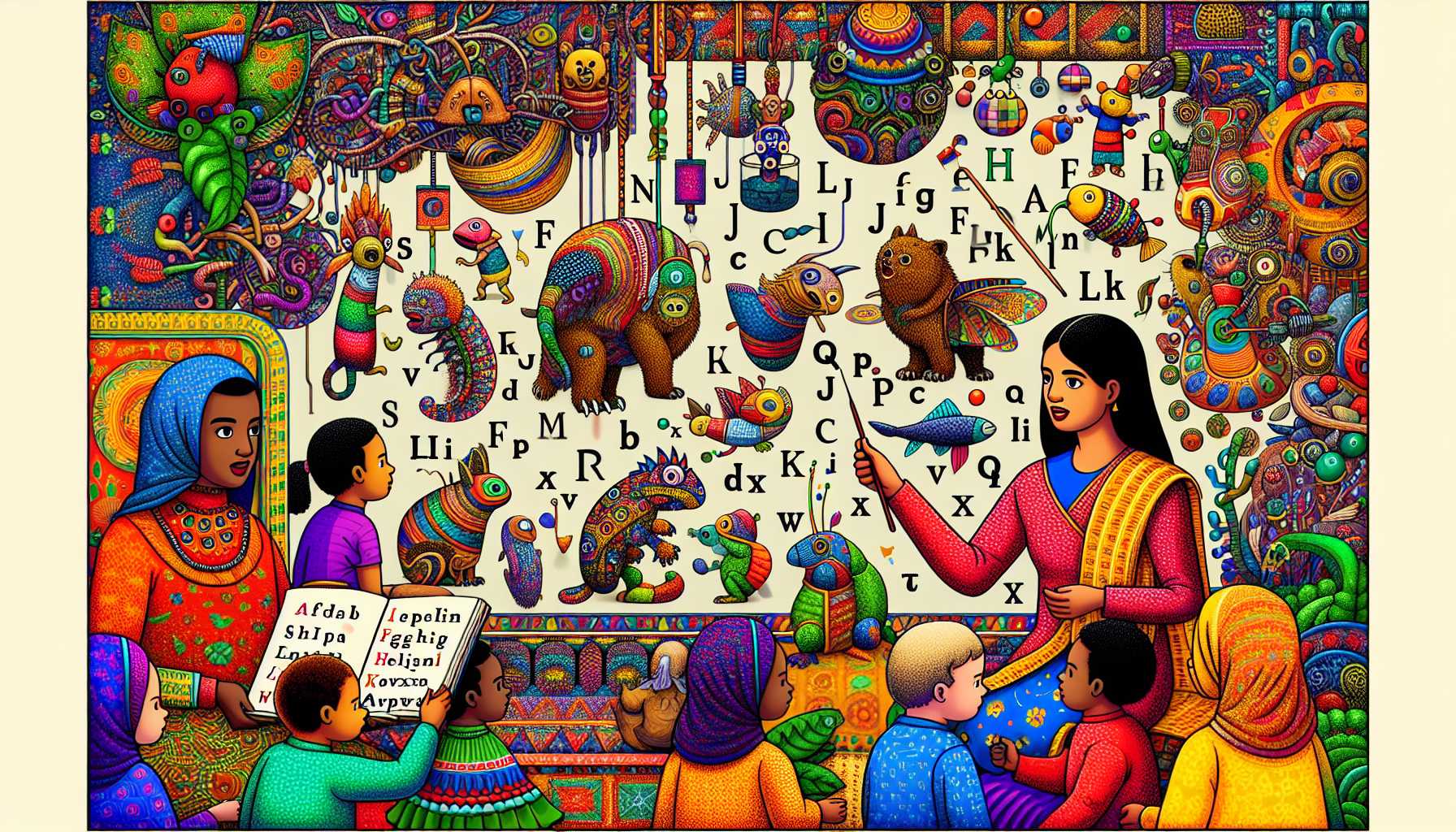Tech’s Symphony of Innovation: A Digital Renaissance
As a seasoned product manager and tech aficionado, there’s a palpable buzz that strikes when the industry pulsates with innovation. This week has been nothing short of a digital renaissance, punctuated by Microsoft enhancing our auditory experience, Disney redefining virtual mobility, and OpenAI tidying up its act with GPT-4. So, let’s dive into this symphony of advancements and unwrap how these could transform our digital interactions, lifestyles, and the very fabric of creativity.
The Resonance of Clarity: Microsoft’s Sonic Boom
If you’ve ever sat through a virtual meeting straining to hear amid echoes and background chatter, Microsoft’s latest Canary test build for Windows might just be your new best friend. In fact, it’s set to be everyone’s friend as Microsoft extends its Voice Clarity feature beyond the realm of Surface devices. Now, no matter your hardware, your voice can cut through the noise, thanks to some crafty AI algorithms that seem to have taken a masterclass in acoustics. As a tech investor and expert, the potential here for productivity and the universal quality of communications is immense. It’s not just about clearer calls; it’s about refining the soundscape of our digital word.
Step into the Future: Disney’s VR Treadmill
Walt Disney once said that they keep moving forward, opening new doors, and doing new things because they’re curious. This philosophy couldn’t be more evident when considering their latest foray into virtual reality. Picture a treadmill, but not as you know it. Disney’s innovative VR treadmill is composed of hundreds of omnidirectional tiles, crafting an experience that feels akin to walking into a new dimension. This isn’t just about gaming or entertainment—it’s a paradigm shift that could shape how we perceive space and movement in the digital sphere. From a product manager’s viewpoint, it’s nothing short of a tech marvel, and I’m keen to see its integration into everyday experiences.
OpenAI’s Brainwave: A Smarter, Less Lazy AI
There’s something uniquely human about laziness—it’s our brain’s way of being efficient. However, when AI started to mimic this trait, we were less than thrilled. OpenAI’s GPT-4 models had a bit of a slacker phase, but no more! The AI firm has recalibrated its models, optimizing efficiency without the idle behavior, all while tweaking the pricing. From a product management perspective, this pivot is akin to turning a class clown into an honor student overnight. It’s a remastering of the AI toolkit that could empower enterprises and creatives alike.
No Apps Land: Big Names Shy from Apple’s Vision Pro
Netflix’s decision to forgo an app for Apple’s Vision Pro headset may have been the pebble that started a ripple effect. Following suit, other app developers, including YouTube, appear to be tentatively steering clear of dedicated apps for the device. This trend underscores a very real challenge in product management – even the most revolutionary technology needs a robust ecosystem to thrive. Without strong app support, hardware can risk being left in the virtual dust.
Rabbit’s Leap into AI: The Startup with a New Vision
Tech’s newest trailblazer isn’t pulling magic from a hat, but it might be just as impressive. Meet Rabbit’s r1, an AI startup that’s got its sights on beating the likes of the Apple Vision Pro by reinventing what smart hardware and generative AI can achieve together. The r1 isn’t just a device; it’s a harbinger of personalized digital experiences that understands and anticipates needs. In the throes of an ever-manifesting AI-first world, Rabbit’s approach could redefine the user experience as we know it.
Of Aesthetics and Uninsurability: The AI Conundrum
How do you detect the indetectable? That question lingers when discussing AI’s ability to impersonate human text. Many tools rallying to these claims have stumbled, showing that detecting AI-generated text isn’t clear-cut. This mirrors the larger, more philosophical challenge facing tech today: maintaining humanity within the binary. And just like art, this AI-generated text might embody a unique aesthetic that’s becoming discernible, if not entirely definable.
Applying AI Beyond Work: A Personal Touch
Illustrations, stories, and coding—AI’s reach is extending far beyond the desk, nestling into the nooks of our personal lives. Kevin Leneway’s use of DALL-E-3 to create engaging, illustrated letters demonstrates just one of the many ways AI continues to surprise us with its versatileness. The rise of tools like JACoB is not only a testament to the innovative spirit but also blurs the lines between work and play, leveraging AI to foster creativity and learning.
Tech continues to march forward with relentless determination, bridging gaps that we did not even know existed. In this kinetic realm of progress, from Microsoft’s audio clarity to Disney’s treadmills and OpenAI’s revived efficiency, the future is audibly knocking. Will we answer the call? As a tech expert, I believe embracing these innovations means stepping into a symphony of endless possibilities, each tune harmonizing the human experience with digital ingenuity.

